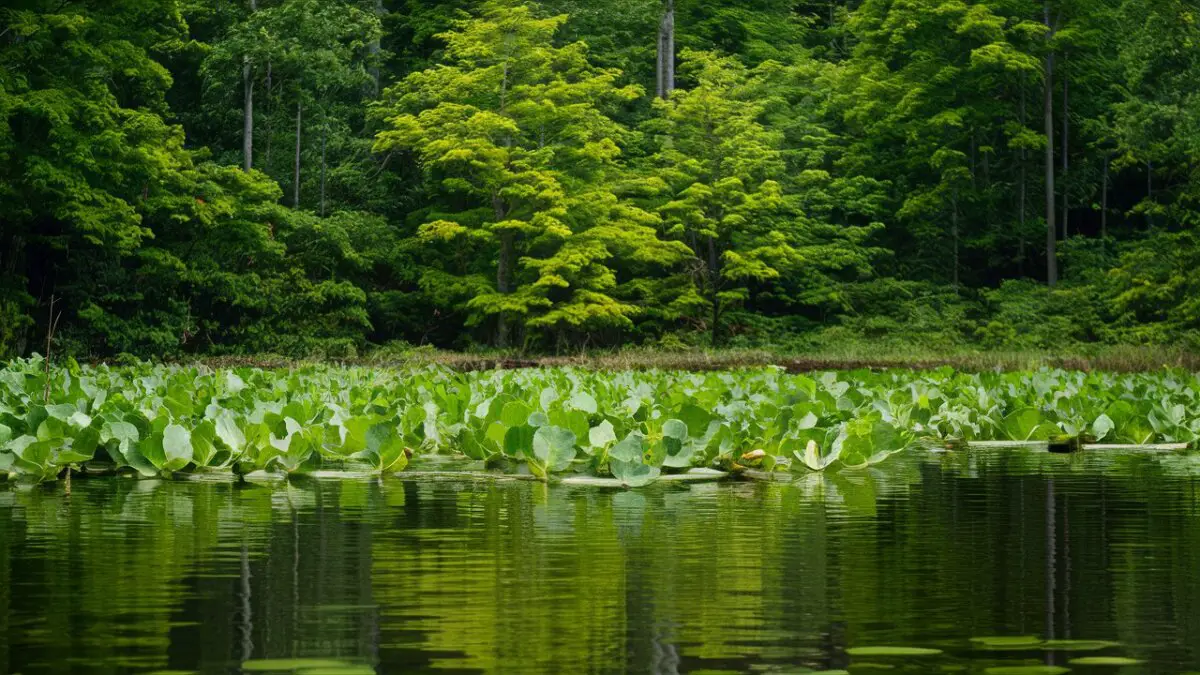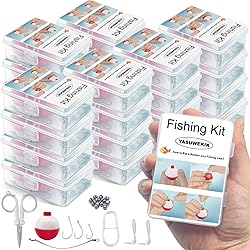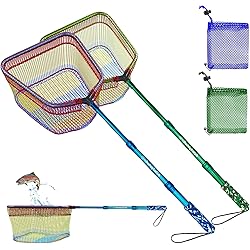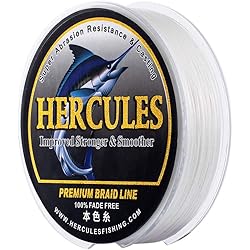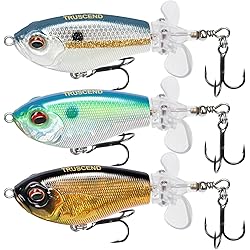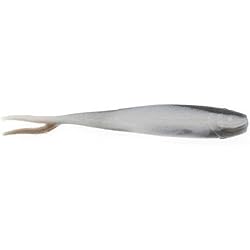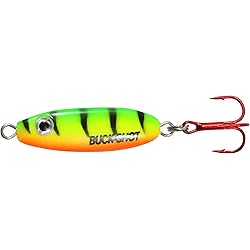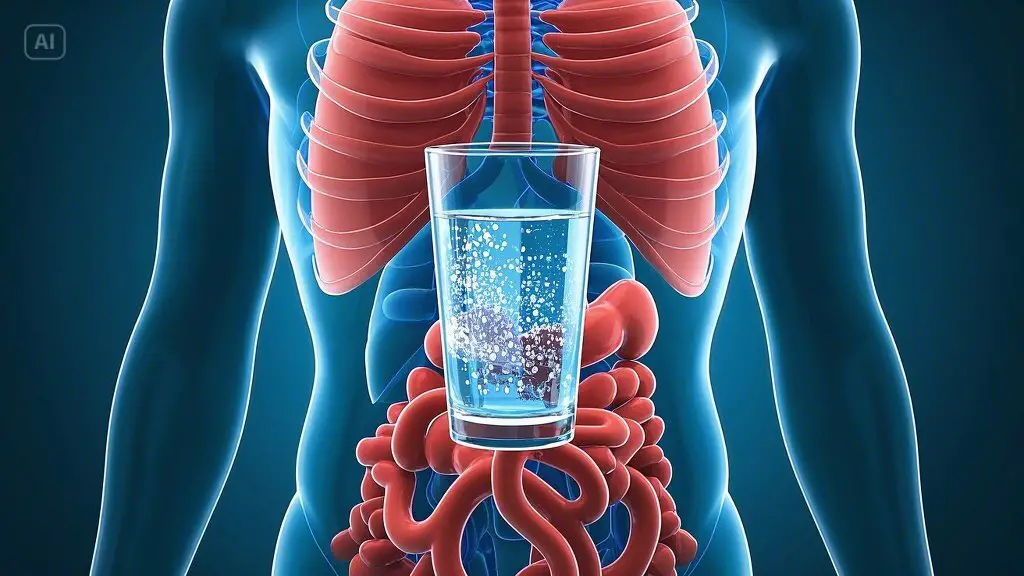Aquatic plants play a vital role in maintaining healthy marine environments, Healthy maritime habitats depend heavily on aquatic plants.
Despite their importance to the health and stability of marine habitats, these plants often go unnoticed in discussions about marine ecosystems.
They are vital elements of aquatic ecosystems, ranging in size from tiny phytoplankton to enormous seagrass meadows under the surface.
Phytoplankton, one of the main contributors of aquatic plants to oxygen generation, produces about half of the oxygen in the atmosphere.
Additionally, by absorbing and storing carbon dioxide, they contribute significantly to carbon sequestration, which lessens the effects of climate change.
They also enhance the quality of the water by filtering out excess nutrients and contaminants, preventing dangerous algal blooms, and preserving an ecosystem in balance.
For a wide variety of marine animals, these plants offer vital habitat and food. Fish, invertebrates, and other marine animals can find refuge and breeding grounds in seagrass meadows, mangrove forests, and algae beds, which promote biodiversity and the health of marine food webs.
Aquatic plants are extremely important, but they also face several threats, such as overharvesting, invasive species, pollution, coastal development, and climate change.
Pollution from industrial discharges and agricultural runoff introduces hazardous compounds, while coastal expansion destroys critical ecosystems.
Climate change, which alters sea levels and ocean temperatures, threatens plant life.
Overharvesting can reduce plant populations, and invasive species have the potential to outcompete native plants.
To preserve and replenish these important ecosystems, conservation and restoration initiatives are crucial.
By establishing marine protected areas, lowering pollution, and lessening the effects of climate change, we can preserve marine ecosystems for future generations. These actions will help preserve aquatic plants.
The Common Aquatic Plants of the Great Lakes Region
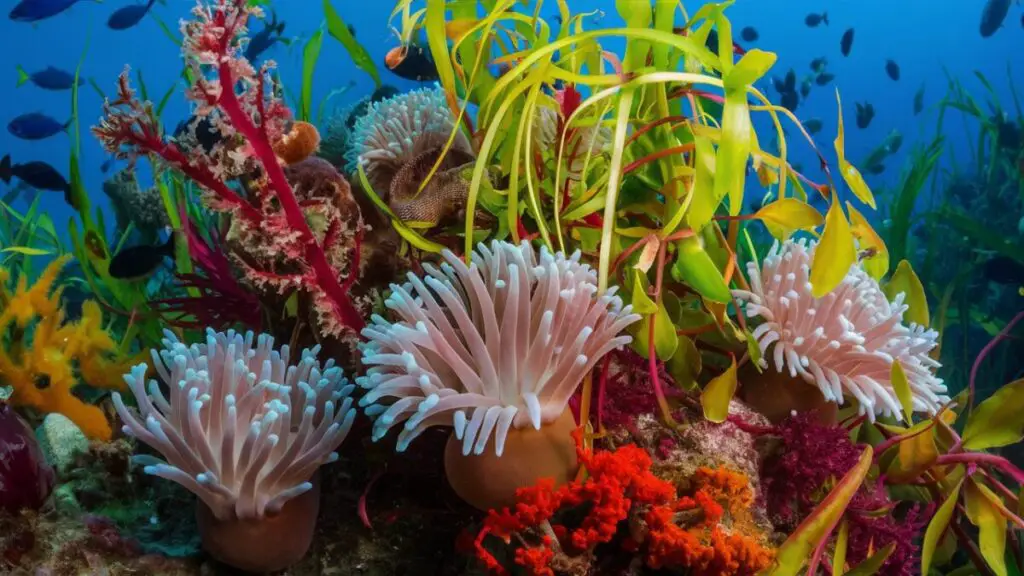
Types of Aquatic Plants
We can broadly categorize aquatic plants into four main groups: algae, seagrasses, mangroves, and salt marsh plants.
- Algae: Found in both freshwater and marine environments, algae are simple, non-flowering plants. They range from microscopic phytoplankton to large seaweeds, such as kelp. Phytoplankton are the foundation of the marine food web, providing the primary source of energy for many marine organisms. Macroalgae, such as seaweeds, form underwater forests that offer shelter and food for numerous marine species.
- Seagrasses: These are flowering plants that grow in shallow, sheltered coastal waters. They form dense underwater meadows that are highly productive and biologically diverse. Seagrass meadows provide critical habitat for many marine organisms, including commercially important fish species, sea turtles, and dugongs.
- Mangroves are salt-tolerant trees and shrubs that grow in tropical and subtropical coastal regions. They form dense thickets along coastlines and estuaries, creating a unique and important ecosystem. Mangroves serve as nurseries for many marine species, protect coastlines from erosion, and act as significant carbon sinks.
- Salt Marsh Plants: Tidal waters regularly flood salt marshes, which are coastal wetlands. These areas adapt cordgrass and saltwort, among other plants, to saline conditions and periodic flooding. Salt marshes provide crucial ecosystem services, including nutrient cycling, flood protection, and habitat for a variety of wildlife.
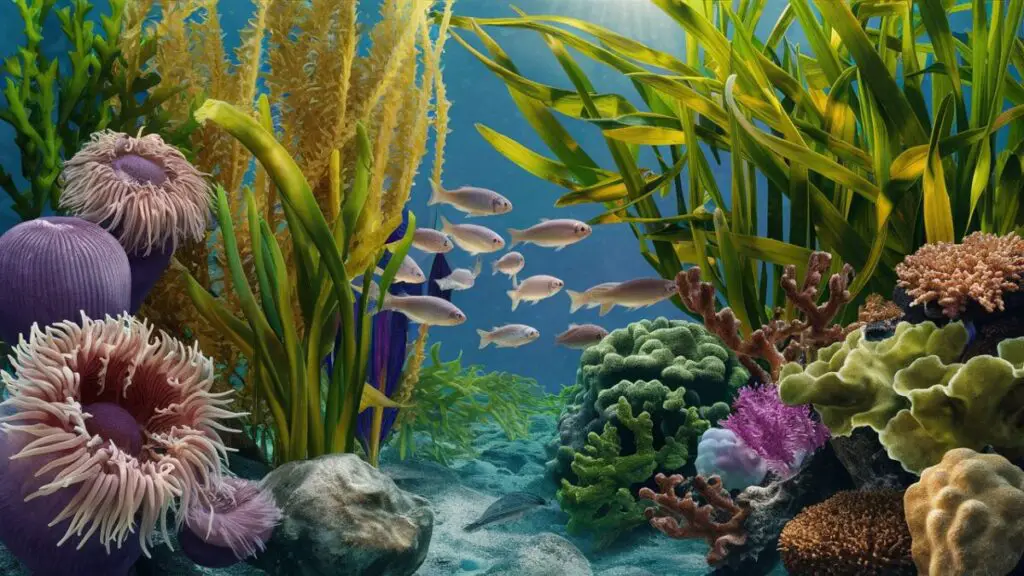
Aquatic plants’ ecological roles
Aquatic plants are fundamental to the health and functioning of marine ecosystems. They perform a variety of ecological roles that support biodiversity, stabilize the environment, and contribute to the overall resilience of marine habitats.
- Oxygen Production: Through the process of photosynthesis, aquatic plants produce oxygen, which is essential for the survival of marine organisms. Phytoplankton, in particular, are responsible for producing approximately half of the world’s oxygen, making them indispensable to both marine and terrestrial life.
- Carbon Sequestration: Aquatic plants play a significant role in mitigating climate change by sequestering carbon. Seagrasses, mangroves, and salt marshes capture and store large amounts of carbon dioxide from the atmosphere, a process known as “blue carbon” sequestration. This helps to reduce the concentration of greenhouse gases and regulate the Earth’s climate.
- Water Purification: Aquatic plants help to improve water quality by filtering pollutants and excess nutrients from the water. Seagrasses and salt marsh plants absorb nutrients such as nitrogen and phosphorus, preventing harmful algal blooms that can deplete oxygen levels and harm marine life. Additionally, mangrove roots trap sediments and reduce coastal erosion, further enhancing water quality.
- Habitat and Food Source: Aquatic plants provide critical habitat and food for a wide range of marine organisms. Seagrass meadows and mangrove forests serve as nurseries for juvenile fish and invertebrates, offering shelter from predators and abundant food resources. Phytoplankton form the base of the marine food web, supporting a diverse array of species, from tiny zooplankton to large marine mammals.
- Aquatic plant communities are often biodiversity hotspots, supporting a high diversity of species. The structural complexity of seagrass beds, kelp forests, and mangrove swamps creates a variety of niches for different organisms, fostering high levels of species richness and abundance.
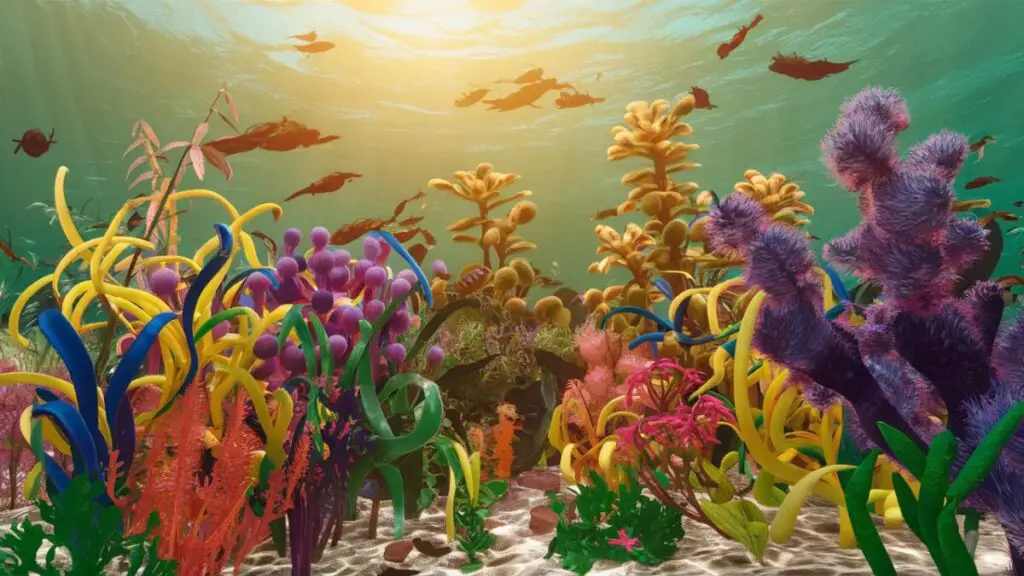
Aquatic plants play a vital role
Despite their ecological importance, aquatic plants face numerous threats from human activities and environmental changes.
These threats can lead to the degradation and loss of aquatic plant habitats, with significant consequences for marine ecosystems.
- Pollution: Pollution from agricultural runoff, industrial discharges, and urban development introduces harmful substances into marine environments. Excess nutrients from fertilizers can cause eutrophication, leading to algal blooms that reduce oxygen levels and harm aquatic life. Toxic pollutants, such as heavy metals and pesticides, can accumulate in aquatic plants and enter the food web, posing risks to marine organisms and human health.
- Coastal development and land reclamation projects can destroy or fragment aquatic plant habitats. Agriculture, aquaculture, and urban expansion often clear mangroves and salt marshes, resulting in the loss of these crucial ecosystems. Dredging, boat propellers, and coastal construction activities can damage seagrass meadows.
- Climate Change: Climate change poses a significant threat to aquatic plants through rising sea levels, increasing water temperatures, and ocean acidification. Rising sea levels can inundate coastal habitats, while higher temperatures can alter the distribution and growth rates of aquatic plants. Increased carbon dioxide absorption can cause ocean acidification, which can affect the ability of some marine plants to build and maintain their structures, particularly those that rely on calcium carbonate, such as some species of algae.
- Invasive Species: The introduction of non-native species can disrupt aquatic plant communities and outcompete native species. Invasive plants, such as certain types of algae and aquatic weeds, can spread rapidly and displace native vegetation, altering habitat structure and ecosystem function.
- Overharvesting: Overharvesting certain aquatic plants, such as seagrasses and seaweeds, for commercial purposes can deplete local populations and disrupt ecological balance. Sustainable harvesting practices are essential to ensuring the long-term health of these plant communities.
The Common Aquatic Plants of the Great Lakes Region
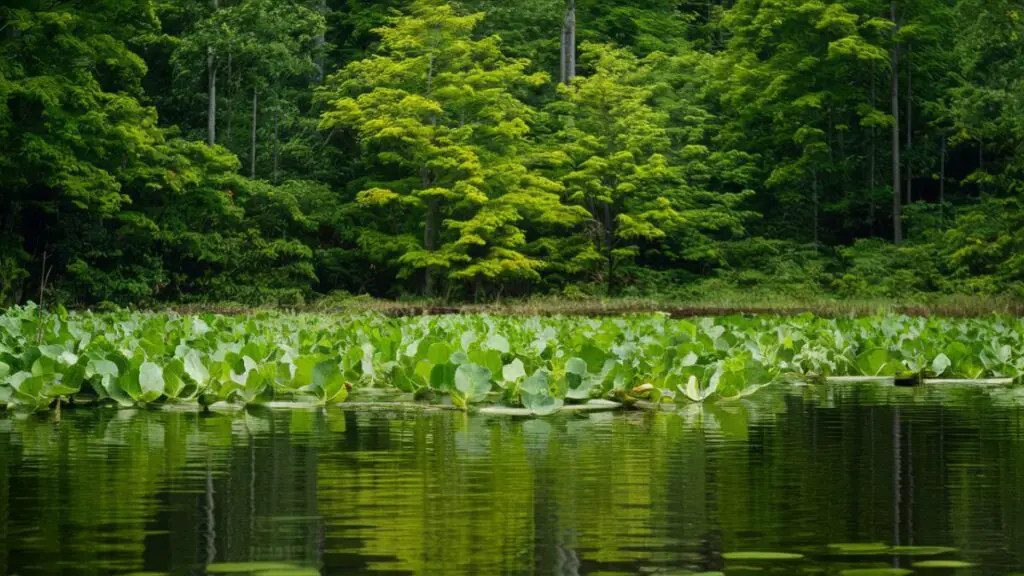
Conservation and Restoration Efforts
Given the critical role of aquatic plants in marine ecosystems, conservation and restoration efforts are essential to protect and restore these vital habitats.
The world is implementing various strategies and initiatives to address the threats facing aquatic plants and promote their recovery.
- Establishing marine protected areas (MPAs) is an effective way to conserve aquatic plant habitats and protect biodiversity. MPAs can provide refuge for seagrass meadows, mangrove forests, and other critical habitats, allowing ecosystems to recover and thrive. Effective management and enforcement of MPAs are crucial to their success.
- Habitat Restoration: Restoration projects aim to rehabilitate degraded aquatic plant habitats and re-establish healthy ecosystems. We use techniques like seagrass transplantation, mangrove reforestation, and salt marsh restoration to restore these vital habitats. Restoration efforts often involve local communities and stakeholders, fostering collaboration and stewardship.
- Pollution Control: To protect aquatic plant habitats, reducing pollution from land-based sources is essential. Implementing best management practices for agriculture, controlling industrial discharges, and improving wastewater treatment can help reduce nutrient and pollutant loads entering marine environments. Public awareness and education campaigns can also promote responsible practices and reduce pollution.
- Climate Change Mitigation: Addressing climate change is critical to safeguarding aquatic plant habitats. Efforts to reduce greenhouse gas emissions, transition to renewable energy sources, and enhance carbon sequestration can help mitigate the impacts of climate change on marine ecosystems. Protecting and restoring blue-carbon habitats, such as seagrasses, mangroves, and salt marshes, can contribute to climate change mitigation while providing additional ecosystem benefits.
- Invasive Species Management: To protect native aquatic plant communities, preventing the introduction and spread of invasive species is essential. Early detection and rapid response measures can help control invasive species before they become established. Monitoring and managing invasive species populations, along with restoring native vegetation, can help maintain the ecological balance of aquatic habitats.
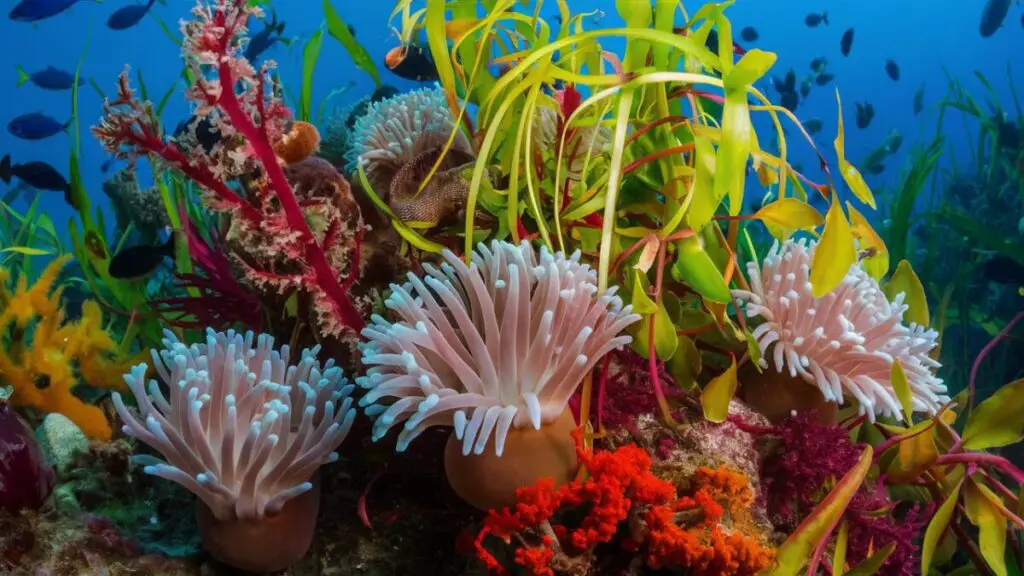
Conclusion
Marine environments depend on aquatic plants to be healthy and function properly.
The resilience and stability of marine habitats depend heavily on their functions in oxygen generation, carbon sequestration, water purification, habitat supply, and biodiversity maintenance.
These plants play an important role in supporting marine life, ranging from large seagrass meadows to tiny phytoplankton.
However, overharvesting, invasive species, pollution, coastal development, and climate change pose serious risks to aquatic vegetation.
Urban growth, industrial discharges, and agricultural runoff introduce hazardous compounds into marine habitats, leading to eutrophication and toxic buildup.
Coastal development destroys or fragments habitats, and rising sea levels, rising temperatures, and ocean acidity brought on by climate change affect the health of aquatic plants.
Overharvesting depletes populations and introduces invasive species that destabilize the ecological balance.
To preserve and replenish these vital ecosystems, conservation and restoration initiatives are important.
Crucial tactics include creating marine protected areas, carrying out habitat restoration initiatives, cutting pollution, minimizing climate change, and controlling invasive species.
These efforts ensure the health and sustainability of marine ecosystems for future generations.
We may endeavor to create a future for our seas that is more resilient and sustainable if we acknowledge the important role that aquatic plants play.
Protecting these plants is crucial for ensuring the long-term health of our planet’s aquatic habitats and preserving the delicate balance of marine life.
Hooked on Tech: Exploring the latest Fishing Gadgets that Anglers swear by.
In the realm of angling, where tradition and technology often converge, a new wave of fishing gadgets has emerged, transforming the way anglers approach their craft.
From advanced fish finders to smart bait systems, these innovations have not only revolutionized the fishing experience but have also garnered a loyal following among anglers worldwide.
Mini Fishing Kits Bulk Small Emergency Survival Fishing Kits Outdoor Compact Fishing Tackle Kits with Case for Beginner Christmas Shoebox Fillers for Age 9-14 Fishing Party Favors
$44.99 (as of November 6, 2025 00:42 GMT +00:00 – More infoProduct prices and availability are accurate as of the date/time indicated and are subject to change. Any price and availability information displayed on [relevant Amazon Site(s), as applicable] at the time of purchase will apply to the purchase of this product.)DaddyGoFish Kids Fishing Net – Extendable Telescopic Landing Net for Boy Girl Children Catching Small Fish Crab Shrimp Minnow Dragonfly Beach Pier Lake River Ocean
$29.99 (as of November 5, 2025 19:02 GMT +00:00 – More infoProduct prices and availability are accurate as of the date/time indicated and are subject to change. Any price and availability information displayed on [relevant Amazon Site(s), as applicable] at the time of purchase will apply to the purchase of this product.)Goture 4-Strand Weave//Braided Fishing Line 8-80LB No Memory Smooth Finish-Improved Colorfastness
Now retrieving the price.
(as of November 6, 2025 01:15 GMT +00:00 – More infoProduct prices and availability are accurate as of the date/time indicated and are subject to change. Any price and availability information displayed on [relevant Amazon Site(s), as applicable] at the time of purchase will apply to the purchase of this product.)HERCULES Braided Fishing Line, Not Fade, 109-2187 Yards PE Lines, 8 Strands Multifilament Fish line, 10lb – 120lb Test for Saltwater and Freshwater, Abrasion Resistant
$38.99 (as of November 6, 2025 01:15 GMT +00:00 – More infoProduct prices and availability are accurate as of the date/time indicated and are subject to change. Any price and availability information displayed on [relevant Amazon Site(s), as applicable] at the time of purchase will apply to the purchase of this product.)pullther fishing Fishing Split Ring Pliers, Stainless Steel Fishing Tools, Fishing Multitool for Saltwater Freshwater with Braid Line Cutter
$7.99 (as of November 5, 2025 19:02 GMT +00:00 – More infoProduct prices and availability are accurate as of the date/time indicated and are subject to change. Any price and availability information displayed on [relevant Amazon Site(s), as applicable] at the time of purchase will apply to the purchase of this product.)Gifts for Teen Boys, Coolest Teenage Boy Gifts Ideas for 10 11 12 13 14 15 16, 17 18 Years Old, Tween Boy Fishing Gift Baskets with Fishing Tools, Christmas Stocking Stuffer for Him Son Boyfriend
$21.99 (as of November 5, 2025 19:02 GMT +00:00 – More infoProduct prices and availability are accurate as of the date/time indicated and are subject to change. Any price and availability information displayed on [relevant Amazon Site(s), as applicable] at the time of purchase will apply to the purchase of this product.)Hand Cast Net – Casting Nets for Fishing – Premium Fish Traps for Large Minnow Bait – Bait Net for Lakes, Rivers, Ocean, Salt & Freshwater, 1lbs/Ft
$125.99 (as of November 5, 2025 21:08 GMT +00:00 – More infoProduct prices and availability are accurate as of the date/time indicated and are subject to change. Any price and availability information displayed on [relevant Amazon Site(s), as applicable] at the time of purchase will apply to the purchase of this product.)YHMOOMSIN Heated Beanie with 3 Heat Settings – Electric Windproof Thermal Winter Hat for Skiing, Hiking, Hunting, Fishing (Black)
$42.99 (as of November 5, 2025 19:02 GMT +00:00 – More infoProduct prices and availability are accurate as of the date/time indicated and are subject to change. Any price and availability information displayed on [relevant Amazon Site(s), as applicable] at the time of purchase will apply to the purchase of this product.)Clear Fishing Line Wire 755 ft, Invisible Monofilament Fishing Line Wire, Nylon String for Hanging Balloons Garland Crafts Picture Decorations, Clear String Threads Cords WUINOID
$5.49 (as of November 5, 2025 01:03 GMT +00:00 – More infoProduct prices and availability are accurate as of the date/time indicated and are subject to change. Any price and availability information displayed on [relevant Amazon Site(s), as applicable] at the time of purchase will apply to the purchase of this product.)LUCKY CRAFT FlashMinnow 125 YAWARA, Saltwater Fishing Lures, Jerkbait Surf Fishing Accessories and Gear, Halibut and Bass Fishing Lures
$9.99 (as of November 5, 2025 19:02 GMT +00:00 – More infoProduct prices and availability are accurate as of the date/time indicated and are subject to change. Any price and availability information displayed on [relevant Amazon Site(s), as applicable] at the time of purchase will apply to the purchase of this product.)TRUSCEND PoPobait with BKK Hooks, Top Water Plopper Fishing Lures for Bass Walleye Pike Catfish Musky Perch, Floating Lure for Freshwater or Saltwater, Amazing Teasers Fishing Gifts for Family Fishing
$19.99 (as of November 5, 2025 01:21 GMT +00:00 – More infoProduct prices and availability are accurate as of the date/time indicated and are subject to change. Any price and availability information displayed on [relevant Amazon Site(s), as applicable] at the time of purchase will apply to the purchase of this product.)KastKing Destron Braided Fishing Line, Highly Abrasion Resistant, Improved Knot Strength, Ultra-Thin Diameter Superline, Zero Stretch & Memory, CFT “Color Fast Technology”, 75% Thinner Than Mono
Now retrieving the price.
(as of November 6, 2025 01:15 GMT +00:00 – More infoProduct prices and availability are accurate as of the date/time indicated and are subject to change. Any price and availability information displayed on [relevant Amazon Site(s), as applicable] at the time of purchase will apply to the purchase of this product.)Dr.meter Fish Scale Luggage Scale Fishing Gear – 110lb Backlit LCD Display Digital Scale with Built-in Measuring Tape – Fishing Scale with 2 AAA Batteries, Pocket Size – Fishing Gifts for Men
$7.99 (as of November 5, 2025 01:03 GMT +00:00 – More infoProduct prices and availability are accurate as of the date/time indicated and are subject to change. Any price and availability information displayed on [relevant Amazon Site(s), as applicable] at the time of purchase will apply to the purchase of this product.)YQANDL Fishing Pliers – High Carbon Manganese Steel Fish Hook Remover Tool with Tungsten Cutters – Fishing Gripper, Split Ring Pliers, Fishing Gear for Saltwater & Freshwater
$6.17 (as of November 5, 2025 19:02 GMT +00:00 – More infoProduct prices and availability are accurate as of the date/time indicated and are subject to change. Any price and availability information displayed on [relevant Amazon Site(s), as applicable] at the time of purchase will apply to the purchase of this product.)YHMOOMSIN Heated Beanie with 3 Heat Settings – Electric Windproof Thermal Winter Hat for Skiing, Hiking, Hunting, Fishing (Black)
$42.99 (as of November 5, 2025 19:02 GMT +00:00 – More infoProduct prices and availability are accurate as of the date/time indicated and are subject to change. Any price and availability information displayed on [relevant Amazon Site(s), as applicable] at the time of purchase will apply to the purchase of this product.)Berkley Gulp! Minnow Fishing Soft Bait
$7.99 (as of November 5, 2025 20:34 GMT +00:00 – More infoProduct prices and availability are accurate as of the date/time indicated and are subject to change. Any price and availability information displayed on [relevant Amazon Site(s), as applicable] at the time of purchase will apply to the purchase of this product.)Goture 4-Strand Weave//Braided Fishing Line 8-80LB No Memory Smooth Finish-Improved Colorfastness
Now retrieving the price.
(as of November 6, 2025 01:15 GMT +00:00 – More infoProduct prices and availability are accurate as of the date/time indicated and are subject to change. Any price and availability information displayed on [relevant Amazon Site(s), as applicable] at the time of purchase will apply to the purchase of this product.)
